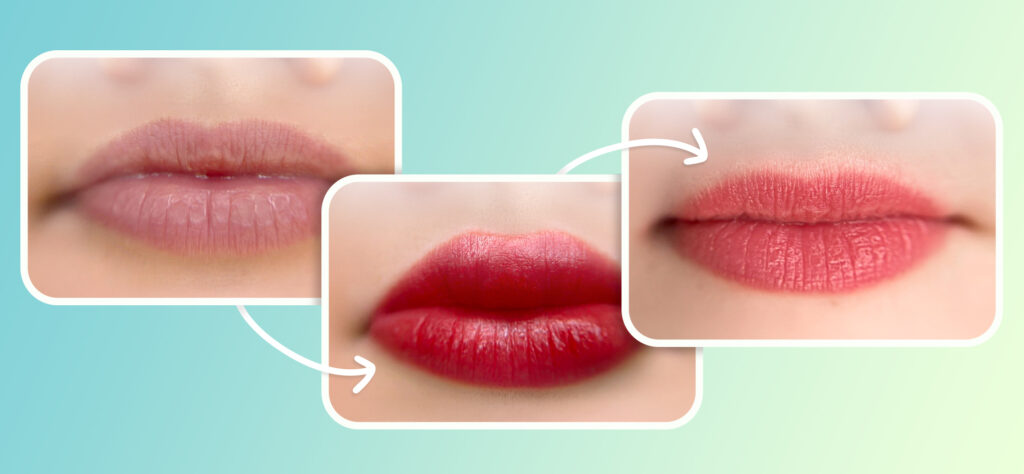Understanding the Healing Process: What to Expect Post-PMU Procedure
Getting a permanent makeup treatment is an incredibly exciting event – so much so that it’s easy to forget it’s a minor medical procedure!
If you’re expecting stunning results immediately, we’re here with a reality check: it’s going to take time to heal, and it may not look like you wanted during that time.
Here’s what to expect, how you can make things go more smoothly, and how to care for your PMU in the long term.
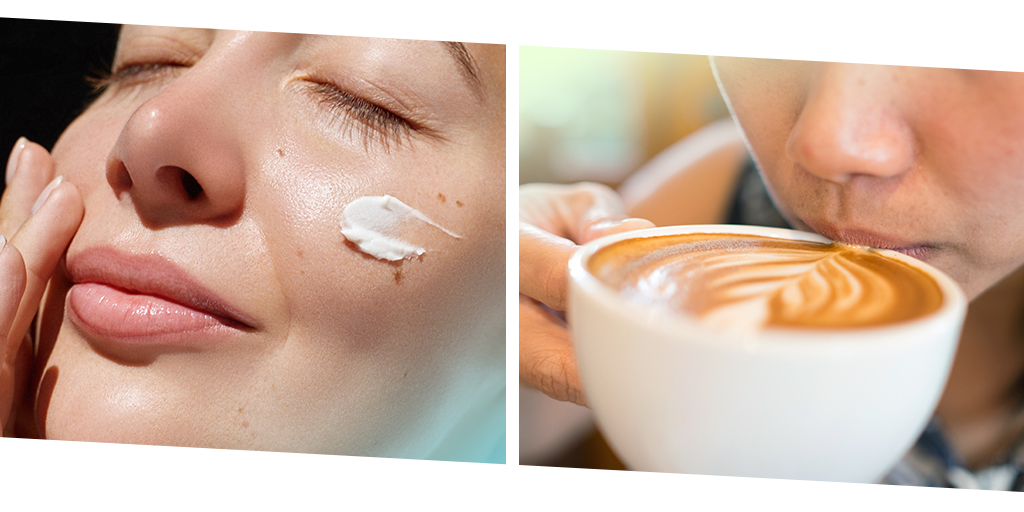
Pre-Care – Setting the Stage for Success
While the treatment itself is in the hands of the PMU artist, there are things you can do to help both the procedure and the aftercare go a lot more easily!
We’ve discussed before why it’s so important not to consume alcohol or caffeine in the run-up to your PMU appointment, but aspirin, vitamin E and fish oil should also be avoided! All of these thin your blood, which means you’ll be bleeding more than necessary, which can result in poor pigment retention and a longer healing time.
You can also help by making sure you’re staying hydrated so your skin is in the best possible condition, avoiding sun damage for two weeks and moisturising regularly in the few days coming up to the appointment. You should also pre-warn your artist about any medications you’re taking or skin conditions you have!
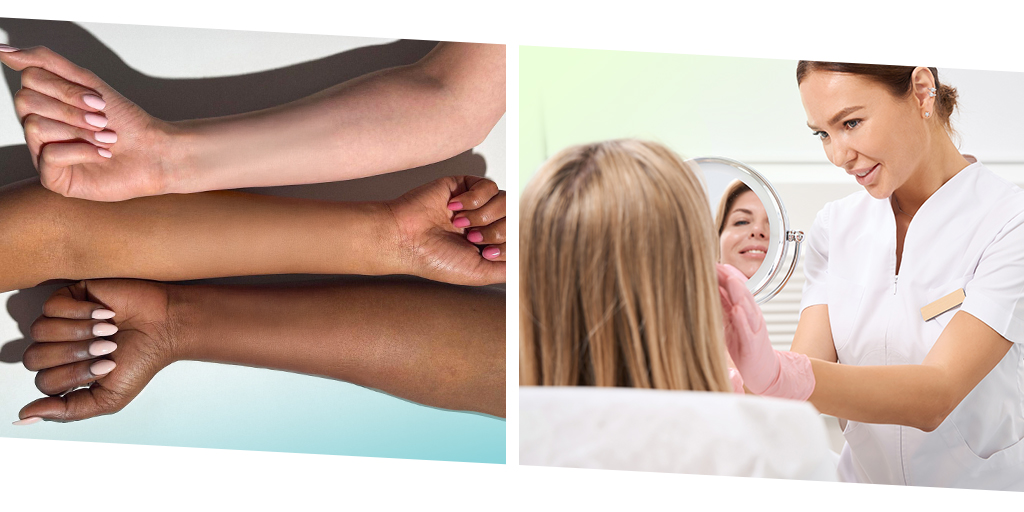
Consultation & Expectation Management
Knowing what to expect and being reasonable about your transformation will go a long way to helping you understand what’s happening throughout the healing process!
There are quite a few things your PMU artist will need to go through with you before the procedure can begin, like checking your skin type, undertones and colour choices. They’ll also map the area before beginning so you have a good idea of how it’ll look.
At this stage you’ll be told some harsh truths about what to expect during the healing process, and they’ll also have a talk with you about when it’s likely to fade, and when you should come back for touch-ups.
You can read more about the consultation process from the artist’s side of things in our blog on Discomfort Management in PMU!
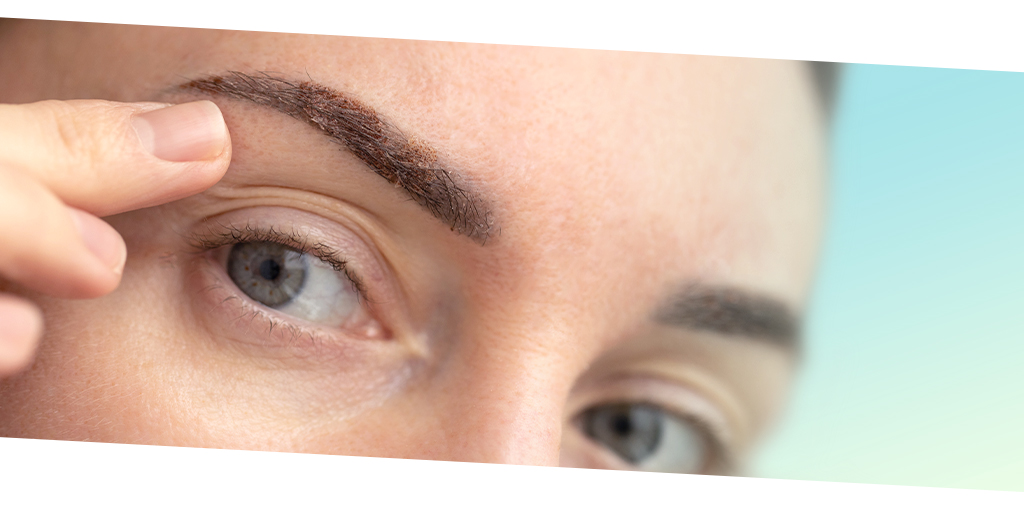
Stages of Healing
All PMU treatments heal slightly differently as the skin your artist is working with varies over the body – the skin under your eyebrows is much thicker than the skin on your lips! Here’s a general roadmap, but make sure to pay attention to your artist’s instructions.
Days 1-3
For the first few days, the colour of your pigments will appear dark and very saturated. DON’T PANIC! If you’re worried you’ve been given big blocky brows or puffed up lips, just wait a few days – they will look a little less extreme very soon!
The area of skin is likely to feel swollen and sore, with some mild redness – it’ll feel somewhat like a sunburn.
Days 4-7
Your PMU treatment will start to heal in earnest around this time. You’ll start noticing flaking and scabbing, and you’ll almost certainly notice an itching sensation – but DO NOT SCRATCH. Like all wounds, your body is working to heal itself. The colour will start to lighten around this time.
Days 8-14
Don’t panic, but your treatment might look like it’s disappeared! This is just the skin healing beneath the surface, and the pigment will come back in the next week or so. About two weeks post-treatment you can go back to your normal skincare routine.
Days 21 onwards
In the third and fourth weeks after your treatment, the pigment will begin to stabilise and show its healed effect. There may be some unevenness or gaps, but these will be dealt with at your touch-up appointment!
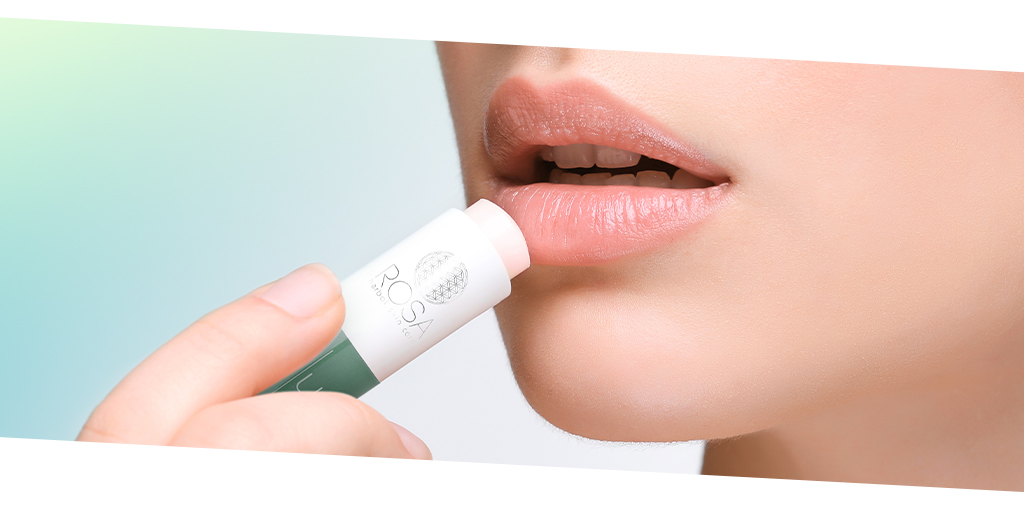
Aftercare – What To Use and What To Do
While your PMU artist will give you complete aftercare instructions – and probably some goodies to help with the process – here is roughly what to expect once you’ve had your treatment!
The most important thing you can do in the first few days is to keep the area clean, dry, and to avoid touching. You’ll have an open wound on your face and want to minimise the amount of bacteria getting into it!
Avoid anything that will make the area wet for prolonged periods of time, like heavy sweating, swimming, and saunas, for at least the first ten days, and don’t even think about putting makeup on that area! You should also continue to avoid the sun on your treatment area and forgo exfoliation.
You’ll likely be given an aftercare cream or gel, such as Hustle Butter Deluxe or Rosa Aftercare Balm to help soothe the area. Treatments like eyeliner and lip blush often need specialised aftercare for that area, as they’re so sensitive, like the Rosa Eyeliner Aftercare Balm or Lip Care Stick. Using aftercare can speed up the healing process and ensure you get the best possible results!
How To Improve Your PMU’s Longevity
Once your treatment is fully healed and you’ve been back in for a touch-up appointment, keeping your treatment looking fresh is totally up to you!
There are certain key skincare ingredients that you should always avoid using on existing PMU treatments, including retinols, acids and Accutane. In the first month or so after the treatment you should stay away from professional facials and microdermabrasion treatments.
From now on you’ll need to stay away from certain other procedures like Botox or dermal fillers in that area. If you want to have an acidic or exfoliating treatment, you should notify that technician first that you have had PMU!
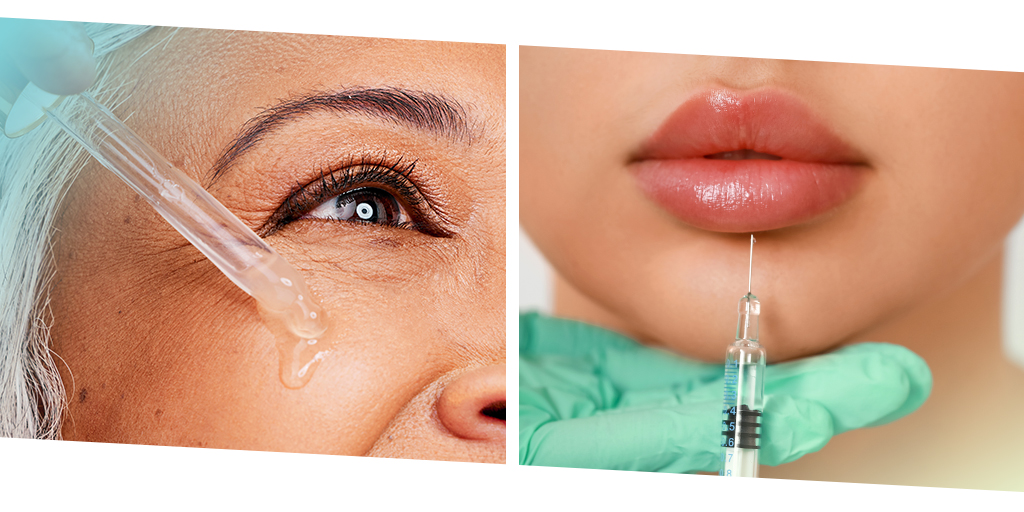
Healing after a PMU procedure can vary quite drastically, and may feel like a lot of effort, but by taking care of the area for a few weeks and avoiding any damaging treatments in the long run, you can make sure that your treatment looks incredible for longer!
